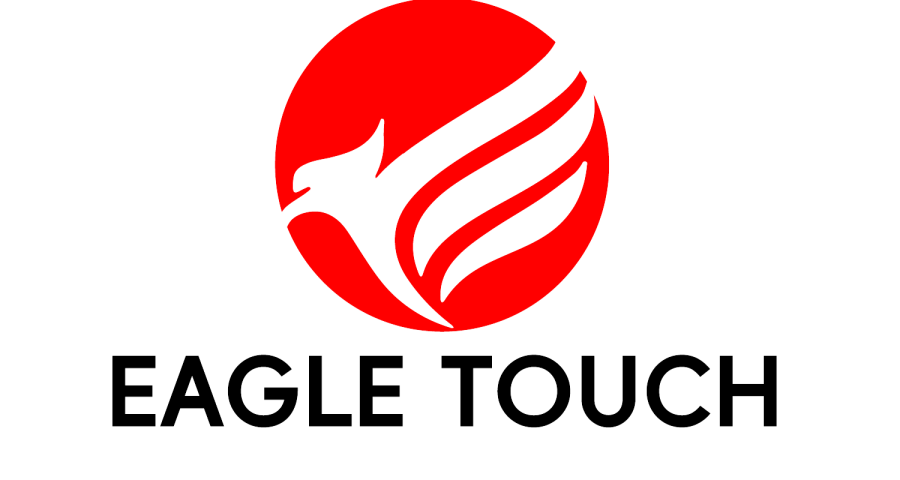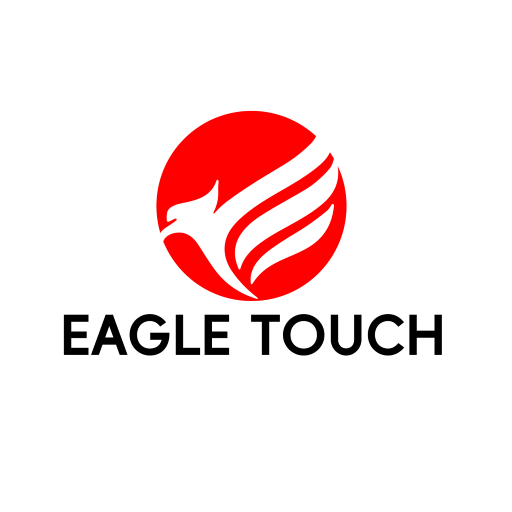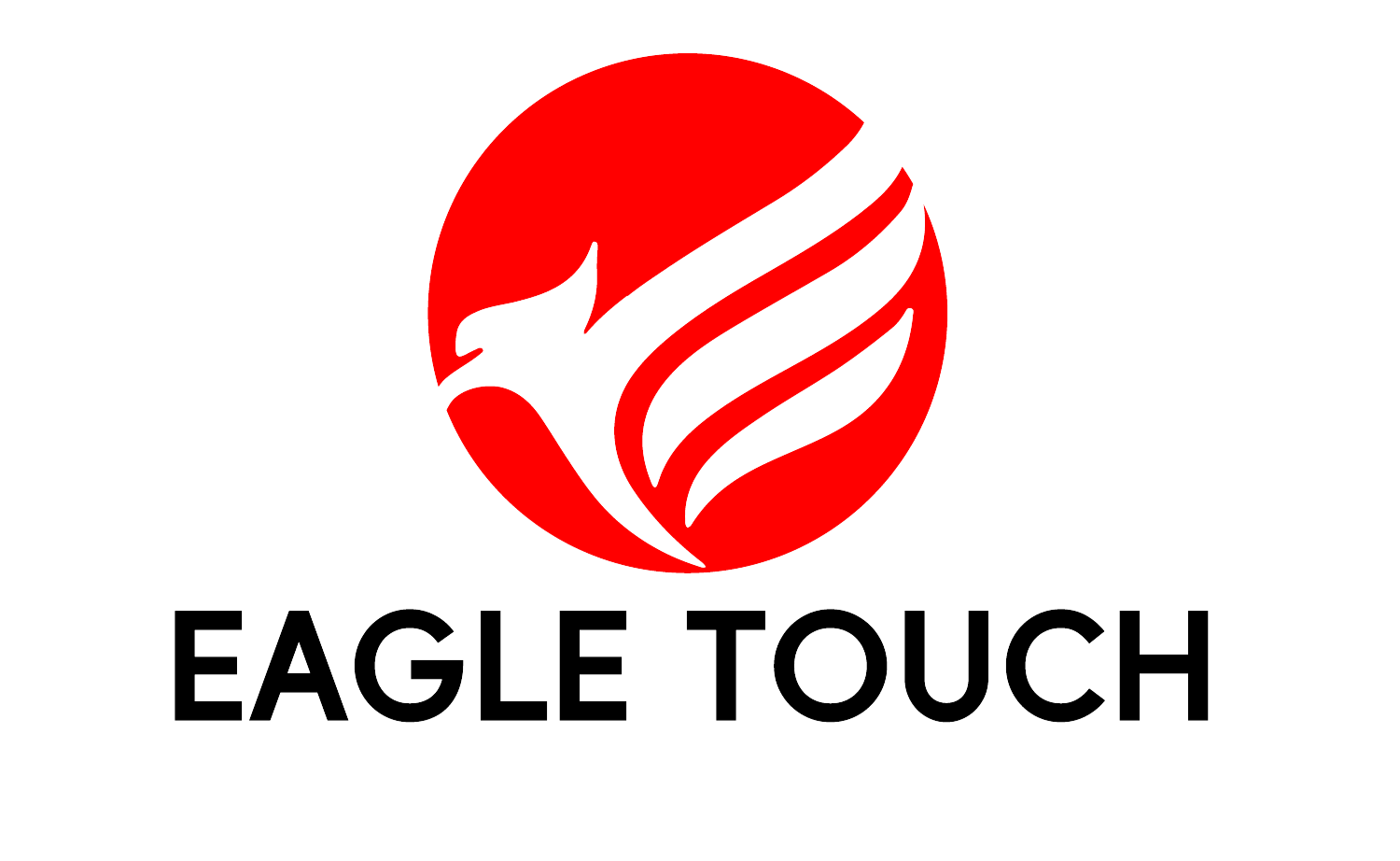
The decision to select the right operating system and architecture for Panel PCs is pivotal in industrial settings. This choice can significantly impact both performance and efficiency. In this context, the most common debate is between Windows (x86 architecture) and Android (ARM architecture). Understanding these options is key to making an informed decision.
Understanding Windows (x86) and Android (ARM)
Windows (x86): The Powerhouse
- x86 Architecture Explained: x86 refers to a family of instruction set architectures based on the Intel 8086 microprocessor. It’s known for its powerful processing capabilities and is widely used in desktop and industrial computers.
- Benefits in Industrial Applications: Windows on x86 offers robust performance, extensive compatibility with a wide range of industrial software, and a familiar environment for many users.
Android (ARM): The Efficient Challenger
- ARM Architecture Defined: ARM architecture is known for its power efficiency and is commonly used in mobile devices. It’s a type of processor architecture that uses a smaller set of instructions.
- Industrial Advantages: Android devices powered by ARM are cost-effective, energy-efficient, and offer a user-friendly interface, making them suitable for various industrial applications that require less computing power.
Key Decision Factors
- Application Compatibility:
- Windows x86: This architecture is renowned for its ability to handle complex, resource-intensive industrial applications. It supports a vast array of software, particularly legacy systems and specialized industrial programs. This makes it ideal for environments where such compatibility is crucial.
- Android ARM: Best suited for streamlined, app-centric environments. It excels in running lightweight applications and is often preferred for tasks that require mobile integration or less computing power. Its compatibility with modern, mobile-optimized applications can be a significant advantage in certain industrial settings.
- User Interface and Experience:
- Windows x86: Offers a traditional, desktop-like computing experience, which is often preferred in technical and detailed-oriented industrial applications. It’s conducive to environments where users are accustomed to Windows-based systems and require a more detailed interface for complex tasks.
- Android ARM: Known for its intuitive, touch-based user interface, it’s ideal for quick operations and tasks that require less technical interaction. This makes it a strong candidate for industries where speed and ease of use are paramount, especially for users who are more comfortable with mobile devices.
- Budget Considerations:
- Windows x86: Typically involves a higher initial investment due to the cost of licenses and more powerful hardware. However, this cost is often justified by the need for more intensive processing capabilities and the longevity of the platform in industrial environments.
- Android ARM: Generally more cost-effective, offering a lower entry point in terms of price. This makes it a viable option for budget-conscious projects or for deployments where a large number of units are required.
- Integration with Existing Systems:
- Windows x86: If your current industrial environment is predominantly Windows-based, integrating x86 Panel PCs can be more seamless, ensuring compatibility with existing hardware and software infrastructures.
- Android ARM: Integration can be smoother in environments that are already utilizing mobile or IoT (Internet of Things) devices based on Android. Its compatibility with modern networking protocols and IoT standards makes it an attractive option for more modernized industrial setups.
- Security:
- Windows x86: Offers robust security features, including regular updates and patches from Microsoft. This is crucial for industries dealing with sensitive data or requiring high levels of data protection and regulatory compliance.
- Android ARM: While it offers sufficient security for many applications, it may require additional layers of security measures, especially in highly sensitive environments. The open-source nature of Android allows for customization in security but also demands more vigilance.
- Future Scalability and Support:
- Windows x86: Known for its long-term support and scalability, Windows-based systems can be a more future-proof investment. This is especially relevant in industrial settings where systems need to be operational for many years without requiring frequent upgrades.
- Android ARM: While it offers good scalability, especially in rapidly evolving tech environments, the level of long-term support can vary. Its adaptability in fast-changing technological landscapes can be a significant advantage, though this may come with the need for more frequent updates or upgrades.
Technical Insights: Windows/x86 vs. Android/ARM
When choosing an operating system and architecture for Panel PCs in industrial settings, understanding the technical nuances of Windows (x86) and Android (ARM) is critical. Here’s a detailed comparison:
Comprehensive Comparison: Windows (x86) vs. Android (ARM) for Industrial Panel PCs
| Feature Category | Aspect | Windows (x86) | Android (ARM) |
|---|---|---|---|
| Processing Power and Performance | Computing Ability | High processing power, suitable for complex computations and multitasking | Efficient for less intensive tasks, optimized for energy-saving performance |
| Ideal Use Cases | Advanced control systems, data-heavy applications | Lightweight, app-based industrial tasks | |
| Software Ecosystem and Compatibility | Software Range | Extensive range, including legacy and specialized industrial software | Focused on modern, mobile-optimized applications |
| Hardware Compatibility | Broad compatibility with various industrial hardware and peripherals | Optimized for integration with modern IoT and mobile devices | |
| User Interface and Adaptability | User Interface | Traditional desktop experience, preferred for detailed technical tasks | User-friendly, touch-based interface ideal for quick interactions |
| Customization | Limited to software-level customizations | High flexibility in OS customization due to open-source nature | |
| Security and Reliability | Security Features | Strong security protocols with regular updates | Requires additional security measures, especially in sensitive environments |
| System Reliability | High reliability, consistent performance | Varies, dependent on customization and usage | |
| Cost and Energy Efficiency | Initial Investment | Higher due to licensing and hardware costs | More budget-friendly, lower energy consumption |
| Operational Cost | Higher energy and maintenance costs | Cost-effective in long-term operation due to energy efficiency | |
| Future Scalability and Support | Long-Term Support | Strong support and regular updates from Microsoft | Varies, dependent on the specific Android version and manufacturer |
| Scalability | Good scalability for future expansions | Adaptable but may require frequent updates or changes |
Making the Right Decision
Deciding between Windows (x86) and Android (ARM) for your industrial Panel PC needs involves a careful consideration of several key factors. Here’s how you can approach this decision-making process:
- Assess Application Requirements:
- Begin by evaluating the specific applications and software your operations will run. If your needs are towards more complex, resource-heavy applications, Windows x86 is likely the better choice. For simpler, app-based tasks, Android ARM could be more suitable.
- Consider User Familiarity and Interface Preferences:
- Reflect on the technical proficiency and preferences of your team. If your workforce is more accustomed to a traditional computing environment, Windows offers a familiar interface. For a workforce that values simplicity and ease of use, particularly on touch-based devices, Android’s intuitive interface might be more appealing.
- Budget Analysis:
- Budget is a crucial factor. Windows x86 systems typically come with a higher price tag but offer powerful computing capabilities. Android ARM systems are more budget-friendly and are cost-effective in terms of energy consumption and long-term operational costs.
- Evaluate Integration with Current Infrastructure:
- Consider how the new Panel PCs will fit into your existing technological ecosystem. Windows-based systems might integrate more seamlessly with an existing Windows-centric setup. In contrast, Android systems could be a better match for environments leaning towards modern IoT and mobile technology.
- Prioritize Security and Data Protection:
- Security needs are paramount, especially in industries dealing with sensitive information. Windows, with its robust security features and regular updates, is often preferred in environments where data protection is critical. Android systems may require additional security measures but offer more flexibility for custom solutions.
- Look Ahead: Future Scalability and Support:
- Think long-term about your investment. Windows x86 systems are known for their scalability and ongoing support, making them a more future-proof choice. Android ARM systems offer adaptability in a fast-evolving tech landscape but may demand more frequent updates or changes.
- Seek Professional Advice:
- If you’re unsure, don’t hesitate to consult with technology experts. Professional guidance can provide insights tailored to your specific industrial context and help you navigate the complexities of choosing the right Panel PC system.
Conclusion
Choosing between Windows (x86) and Android (ARM) for Panel PCs in industrial applications requires a nuanced understanding of each system’s strengths and limitations. By carefully evaluating your specific industrial needs and future goals, you can make a choice that not only meets your current requirements but also supports your long-term objectives.





